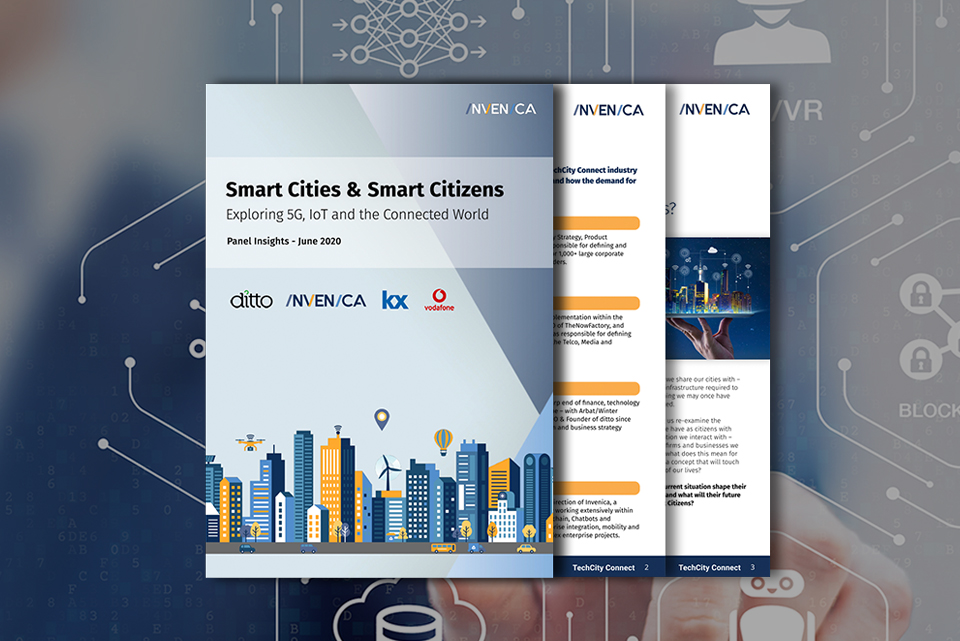It’s tempting to think that the sales process ends when a customer makes a purchase. However, it’s vital for firms to show the value they can provide after the sale is completed. After all, customers will have just been through a whole process to choose a supplier, so they’ll be keen to see what other products are on offer.
This is where recommendation engines come in. Using technologies like AI and machine learning, they analyse customer data to build accurate, individualised profiles of the people making purchases. Customers see a targeted selection of relevant products they might be interested in – making it easier to find what they need and buy it. Companies gain a wealth of insight that ultimately increases the likelihood of future sales.
Source:https://www.salesforce.com/solutions/industries/retail/resources/product-recommendation-engines/
With the customer data collected from these profiles, companies can build a picture of the content and solutions a specific customer requires – making it easier for sales advisors to recommend the products that meet those needs. Intelligent product recommendation also allows for natural, logical upsell and cross-sell opportunities. Clients, through their behaviour and history, demonstrate interest – and the product recommendation tool automatically pairs that behaviour with the right suggestions.
Small transactions become larger ones, with an increase in average basket size, and clients who might not have been on the path to making a purchase suddenly find themselves interested in doing so. As an example of how powerful this can be, an Accenture report highlighted how 91% of consumers are more likely to shop with brands who recognize, remember, and provide relevant offers and recommendations.
Personalisation is one of the most obvious advantages to companies and customers, but it’s not the only one. Recommendation engines also reduce costs associated with targeted client marketing, while freeing up marketers and sales teams to focus their time and effort on other critical tasks. This all improves a firm’s ability to increase sales revenue, optimise customer service and improve the potential ROI of marketing efforts.
Looking to increase its sales revenue by improving the performance of its existing channels (while exploring new ways to engage with customers), a leading global operator asked Invenica to develop a recommendation engine.
/ What we delivered
To begin with, the Invenica team implemented and trained a machine learning model to predict the products and services that any given customer is most likely to purchase. It did this based on:
/// The customer’s profile (and related behaviour)
/// Previous purchases
/// History and behaviour of similar customers in the same market
This reduced the processing time and fed data into an unsupervised learning engine clustering algorithm that Invenica used as a recommendation seller.
/ What we delivered
The outcome was an engine that provided sales and marketing teams with the ability to design campaigns and target a list of recommended customers for each product or service. It also supported customer-facing assets, specifically the upselling of products to website users. This allowed the business to use the technology across multiple channels (including ecommerce, in-store, and SMS), while keeping the core of the data intact – an important element that delivered enhanced learning from both approaches.
With the prototype working, Invenica launched it within an initial market by optimising the machine learning models and integrating them with real-time customer data. This included creating views to extract insight for campaigns, working closely with the commercial and technical teams to integrate the engine with existing channels, and exploring potential new channels like RCS and sponsored social content.




